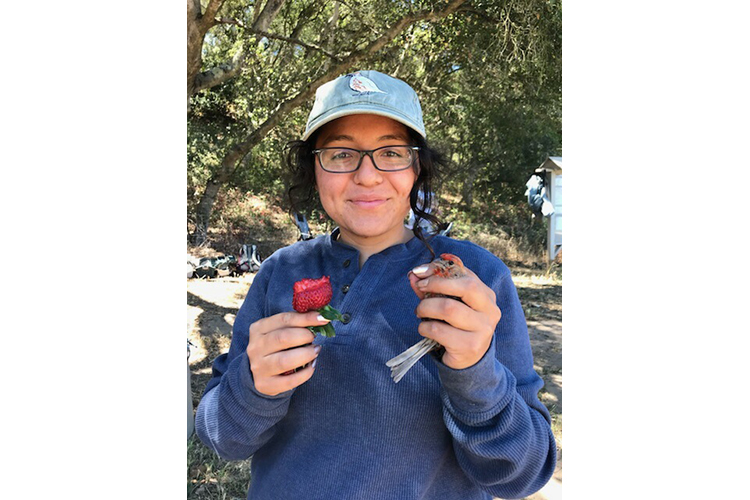UK study finds some birds could play a role in integrated pest management
UK study finds some birds could play a role in integrated pest management

Birds have long been considered the nemesis of many farmers, as they can feast on agriculturally important crops like blueberries and corn. But University of Kentucky research suggests, in some instances, the benefits of some birds may outweigh their negative effects.
Birds provide an often unseen benefit to farmers as they can consume a large number of insect pests that would otherwise prey on crops. But birds are almost never included in integrated pest management strategies due to their potential negative effects that include crop damage, aggressive actions toward other birds and food safety concerns.
“Understanding the situations when birds are most likely to enhance crop production as well as when they are likely to cause detrimental effects is crucial for designing effective IPM systems that include birds,” said Karina Garcia, a doctoral student in the UK College of Agriculture, Food and Environment.
Under the advisement of David Gonthier, UK assistant professor in the Department of Entomology, Garcia is studying the many ways birds positively and negatively affect crops and whether farmers could incorporate some bird species into their integrated pest management strategies. Her research review, recently published in the Journal of Integrated Pest Management, explores the current research on birds in agriculture, provides agricultural examples where birds’ positive attributes have outweighed their harm, describes factors that could influence birds’ impacts on crops and discusses emerging technologies that could help scientists and producers successfully incorporate beneficial birds into IPM programs.
She found much research is needed to determine whether the impacts birds have on particular crops are positive, negative or neutral. One way to determine this is through bird exclusion studies. In these studies, researchers use netting to exclude birds from a portion of a crop while still allowing insects access to it. They measure the insect damage to the crop. In another area of the same crop, researchers allow birds to have access. They measure bird damage to the crop and determine which damage was the worst.
Garcia has been part of two previous bird exclusion studies, one led by Gonthier and another lead by Elissa Olimpi with the University of California, Davis. Both studies explored the impacts of all birds on strawberries grown along the Central California Coast. Gonthier’s study found that birds’ effects were net neutral. In Olimpi’s study, their effects were slightly negative.
Garcia says further research using new molecular techniques can help scientists determine which bird species are positively impacting the crop and which species are having negative effects. This technology includes a DNA-based analysis of bird fecal samples to determine a bird’s diet. Results from molecular and exclusion studies will help scientists and producers develop effective IPM strategies that promote beneficial birds and/or deter troublesome birds. Whether birds can be successfully incorporated into IPM strategies will depend on the bird species, region and crop.
“For birds to be incorporated into IPM strategies, scientists must work with producers, landowners and stakeholders to ensure their research produces actionable knowledge tailored to a specific region,” Garcia said. “Fortunately, more and more studies are simultaneously quantifying shifts in bird impacts on crops across farming, landscape and regional contexts, offering the real possibility that birds may be incorporated in regional IPM programs in the near future.
Her entire journal article is available online at https://academic.oup.com/jipm/article/11/1/11/5870581.
Entomology Research



